Green Arrow Fights Pollution and Police ... Sort Of
Green Arrow still wasn’t quite Robin Hood. The Comics Code that regulated and censored comics wouldn’t stand for an outlaw robber as a contemporary hero. But writer Denny O’Neil pushed the envelope as far as he could.
Justice League of America #78 has a cover date of February 1970 but like all comic books in this era it went on sale a few months before its official date - on December 11, 1969, Green Arrow encounters a nightwatchman fighting off some attackers. He launches a flare arrow to cut through the thick fog. But when the arrow lands in Star City's river, instead of extinguishing the blazing arrow, the river bursts into flame.
Green Arrow uses his Justice League signal device, and his teammates Superman and Green Lantern arrive to put out the fire.
After a quick tour of the Justice League's new satellite headquarters, 22,300 miles in geosynchronous orbit, Green Arrow and his teammates attend a Star City charity benefit where they formally introduce the Black Canary as their new member. She helps them ward off some attackers who are chasing the nighwatchman from earlier in the story.
The security guard explains how he was employed at a factory "with those big smoke stacks fillin' the air with soot! Got so my eyes were always waterin' and my lungs felt like Death Valley --" When the guard investigated, he discovered they were deliberately producing poison and dumping it in the river. He snatched the plans from the office, which led to the encounter with Green Arrow at the beginning of the issue.
If this seems pretty heroic for a mere watchman, that's because he's not. This guard was a figure from Green Arrow's past, more or less.
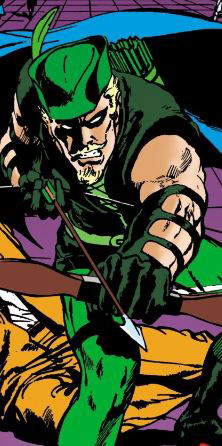
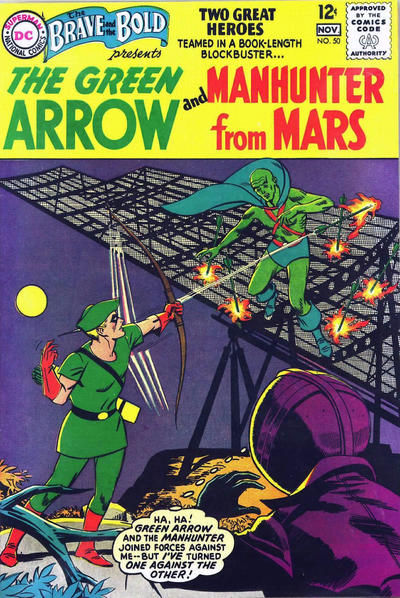
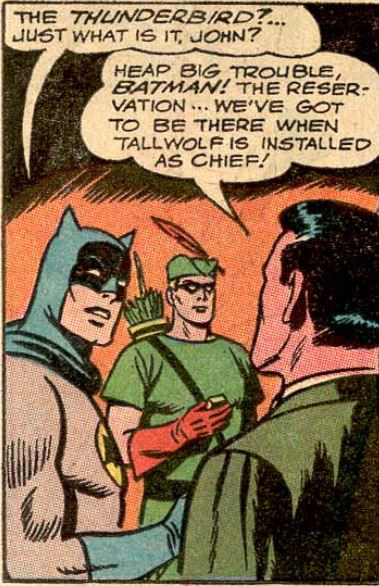
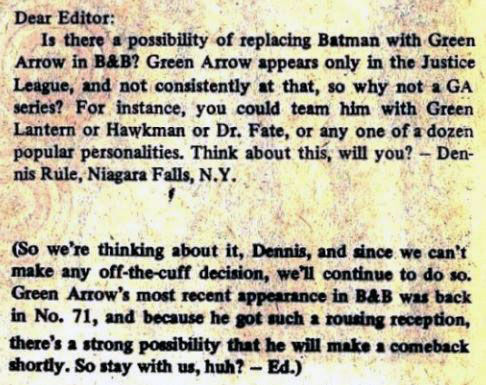
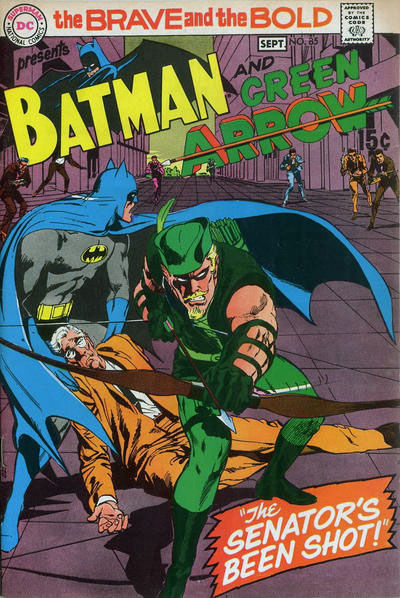
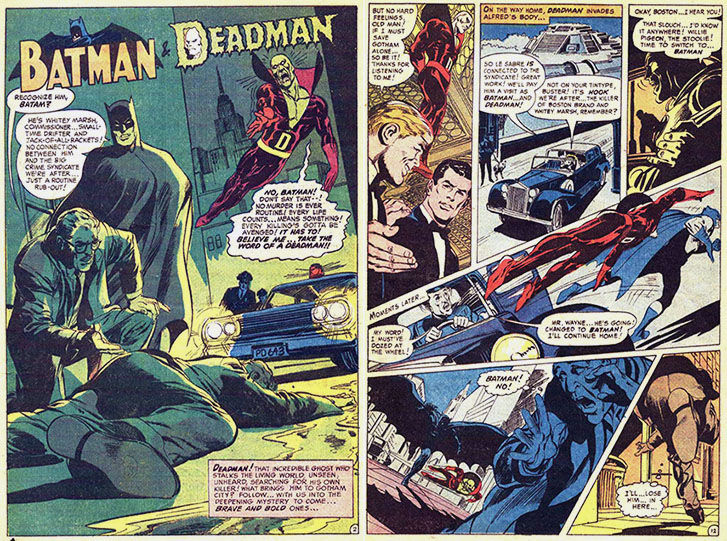
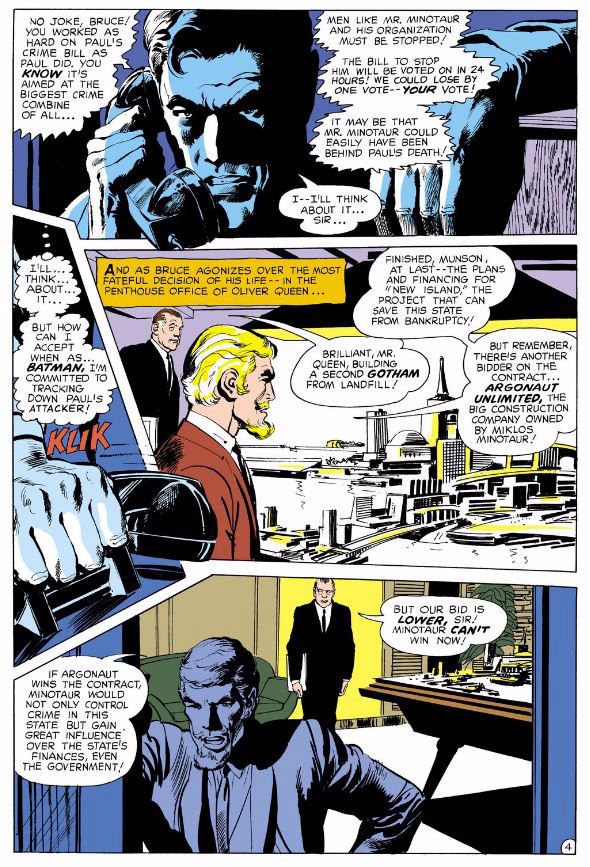
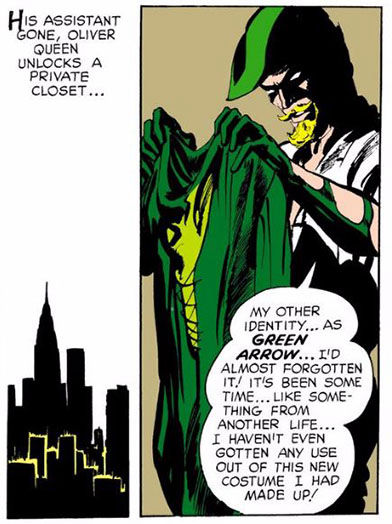
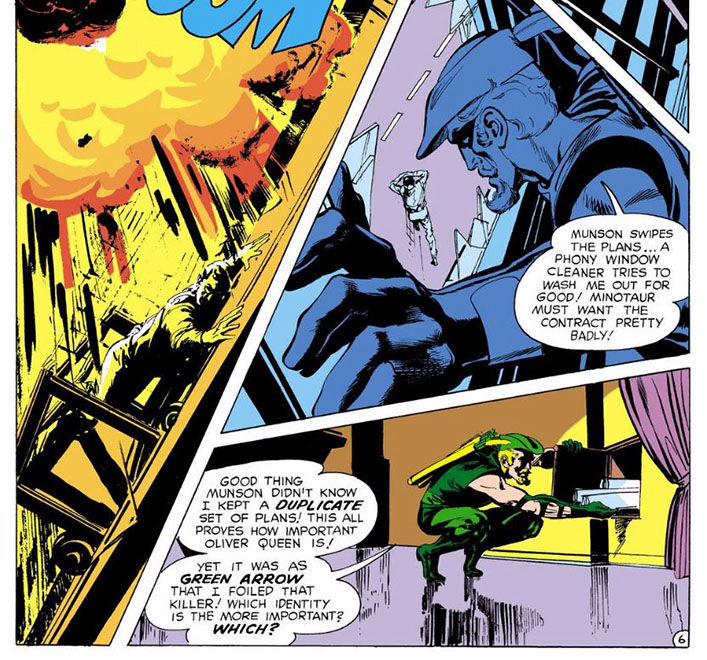
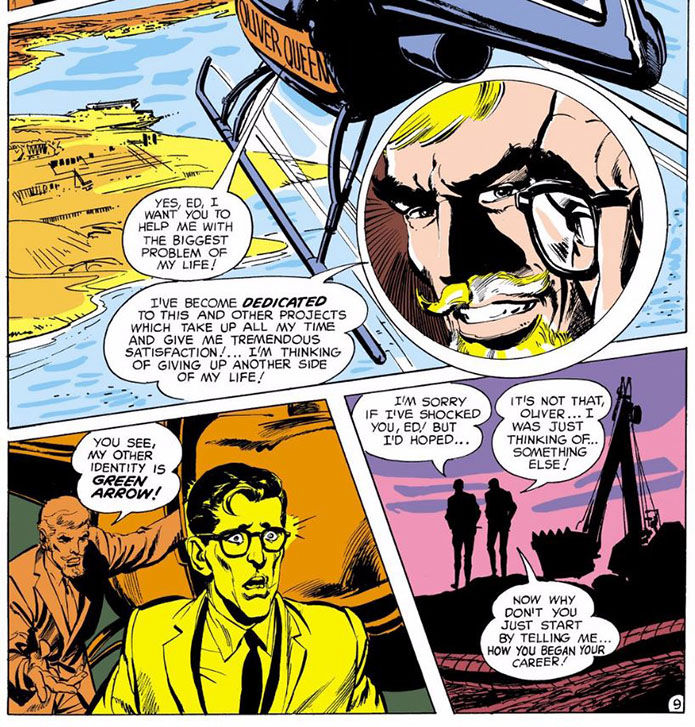
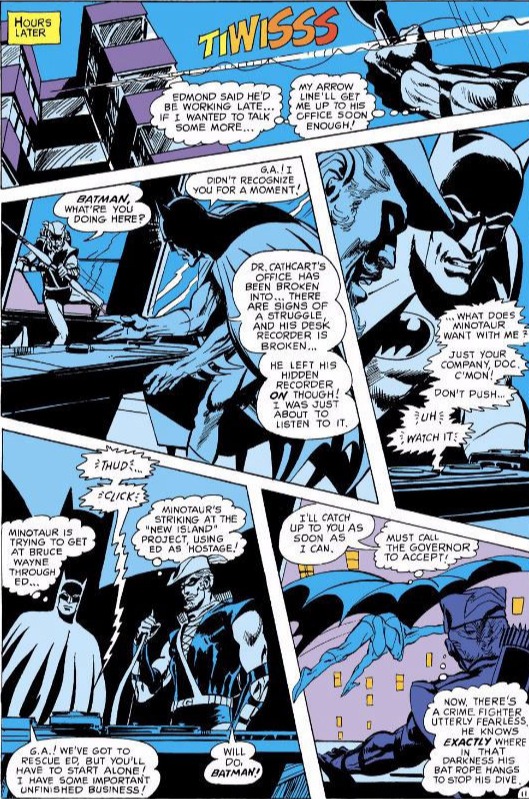
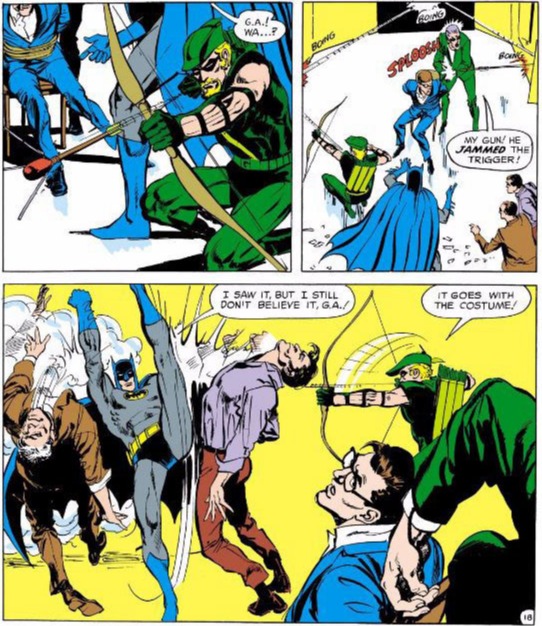
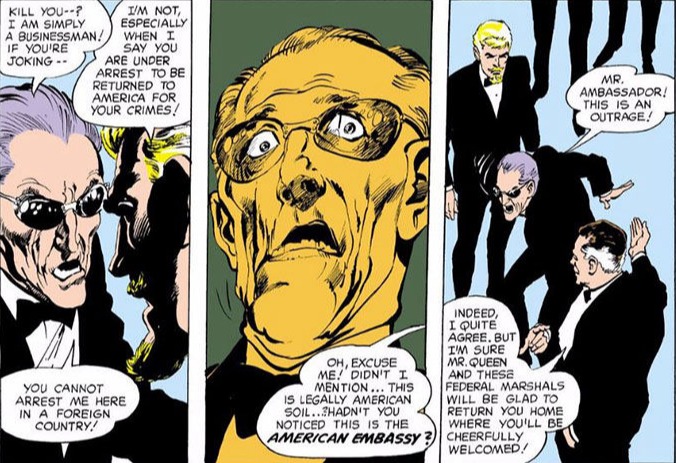
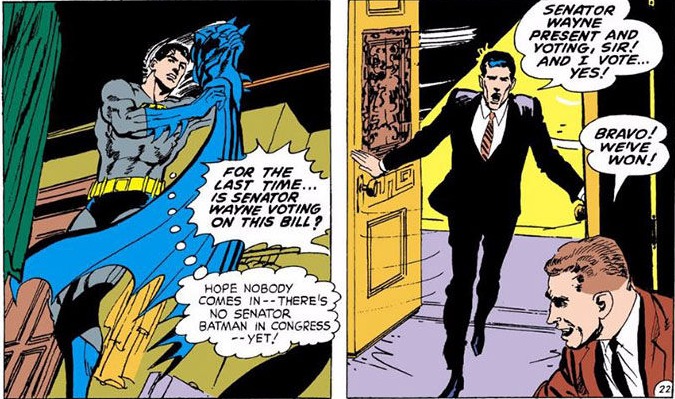
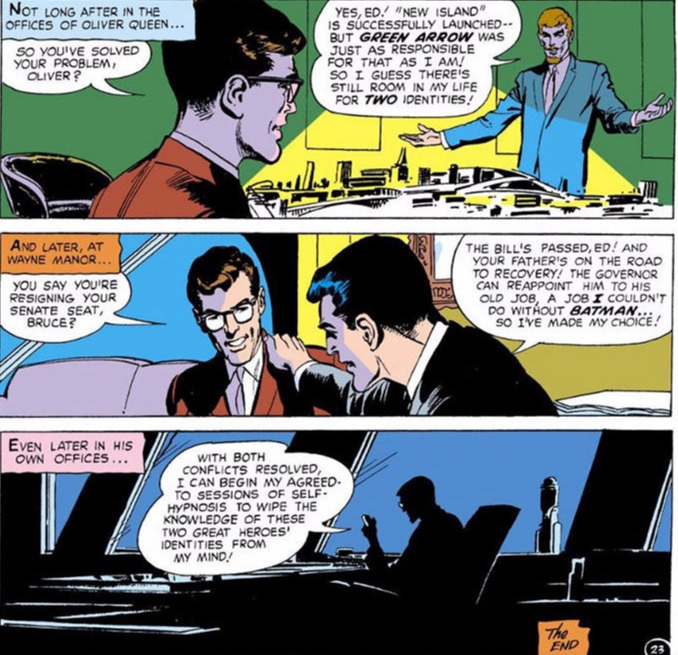
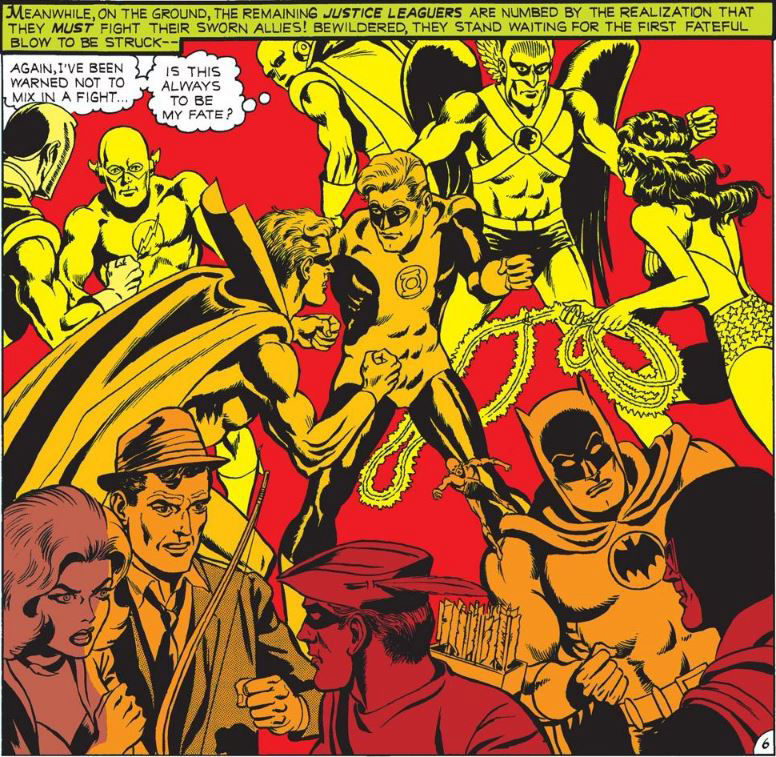
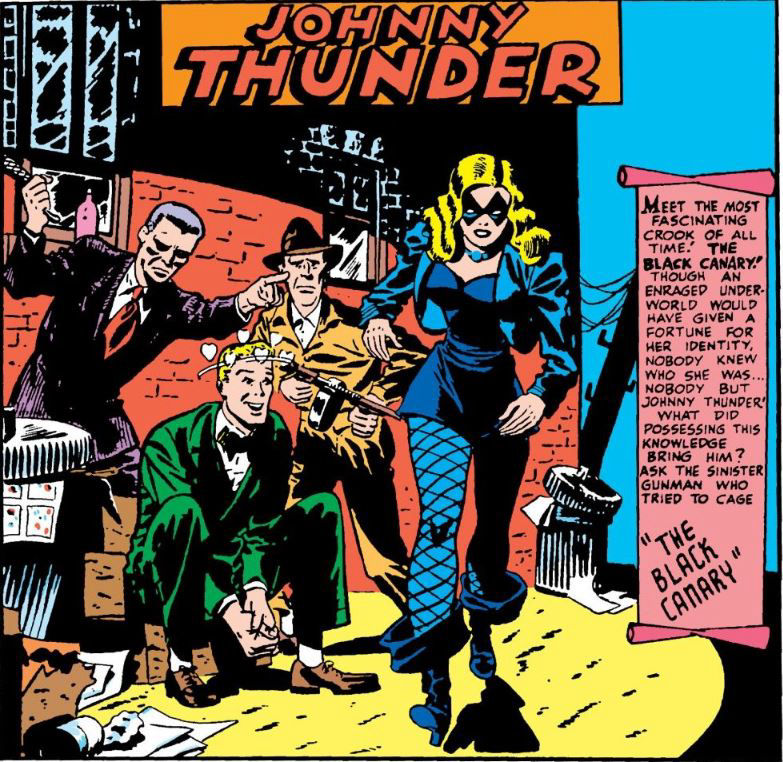
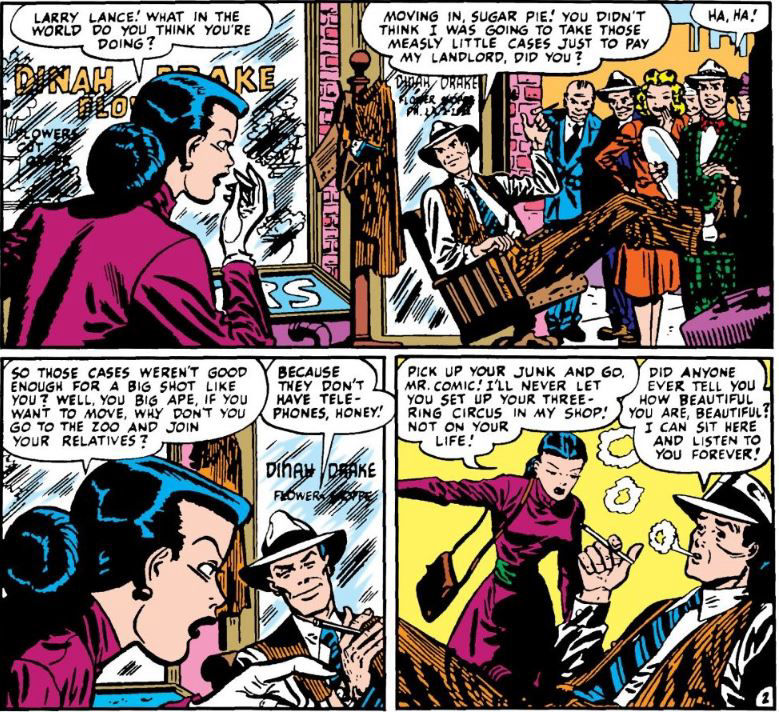
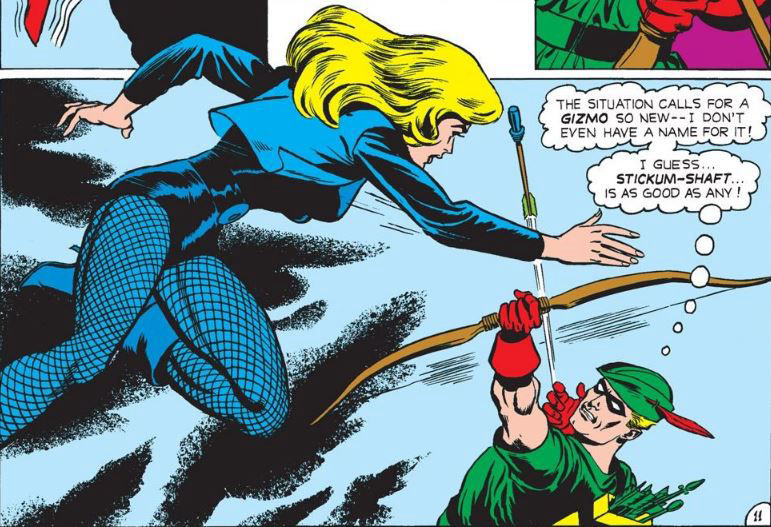
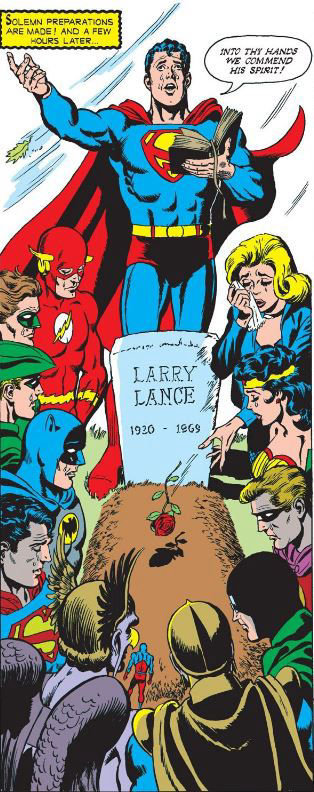
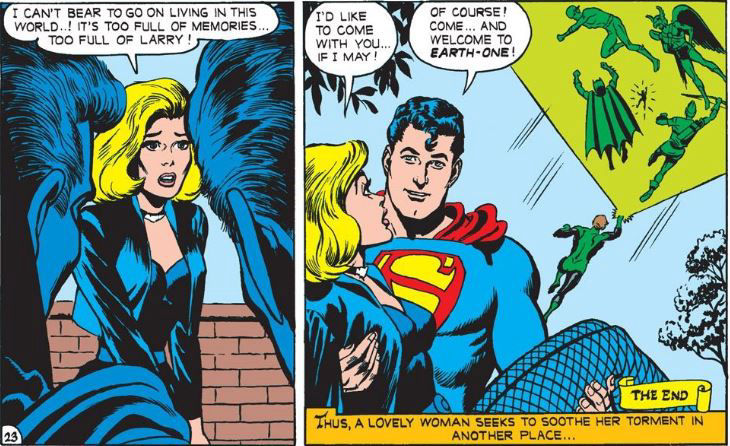
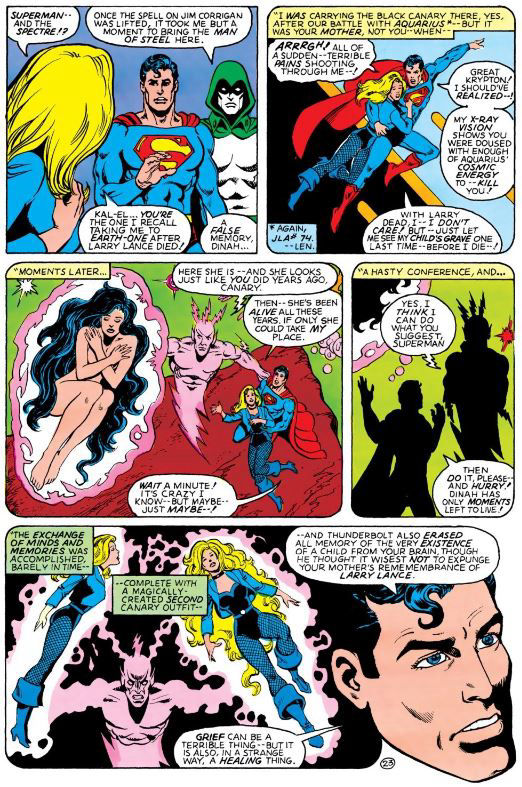
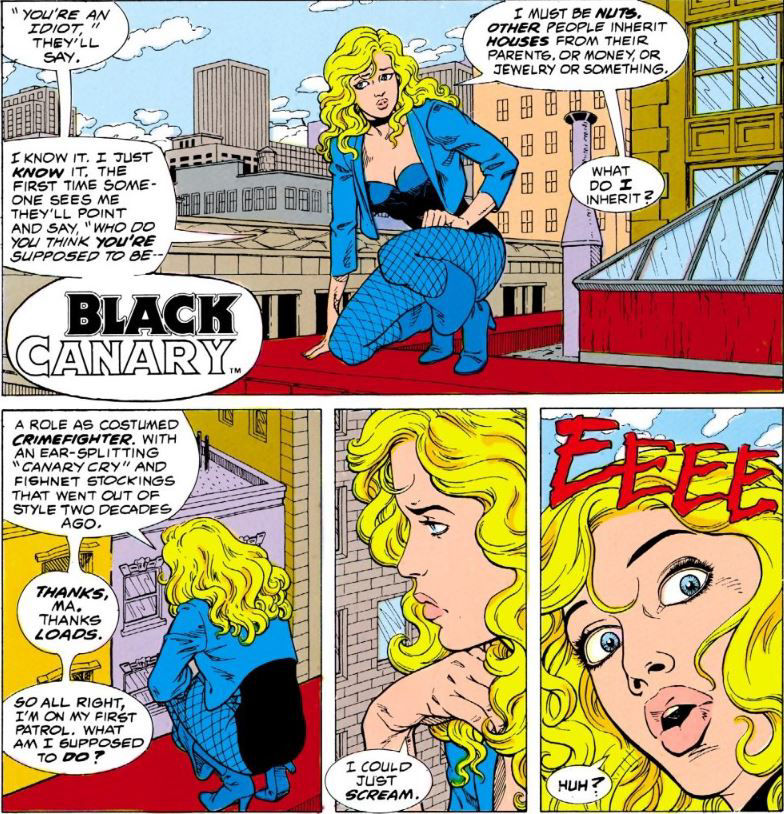
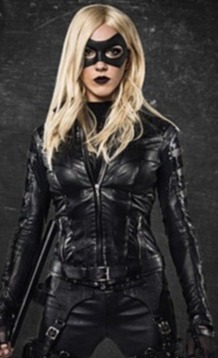
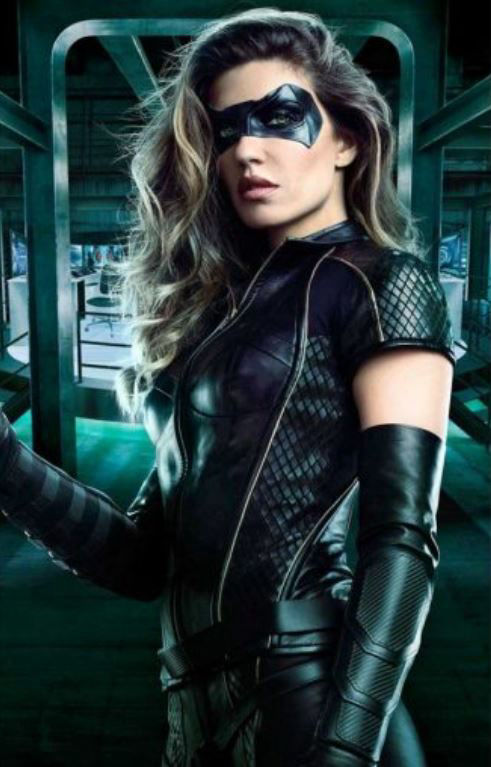
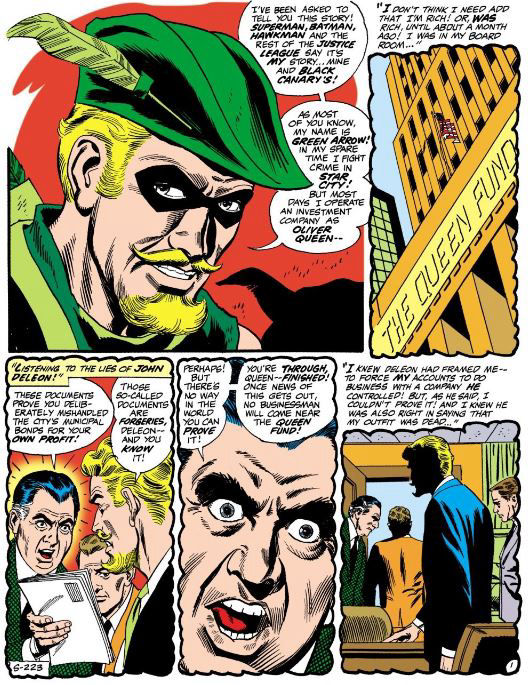
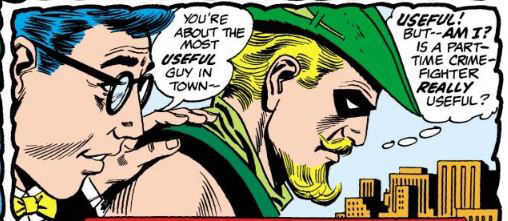
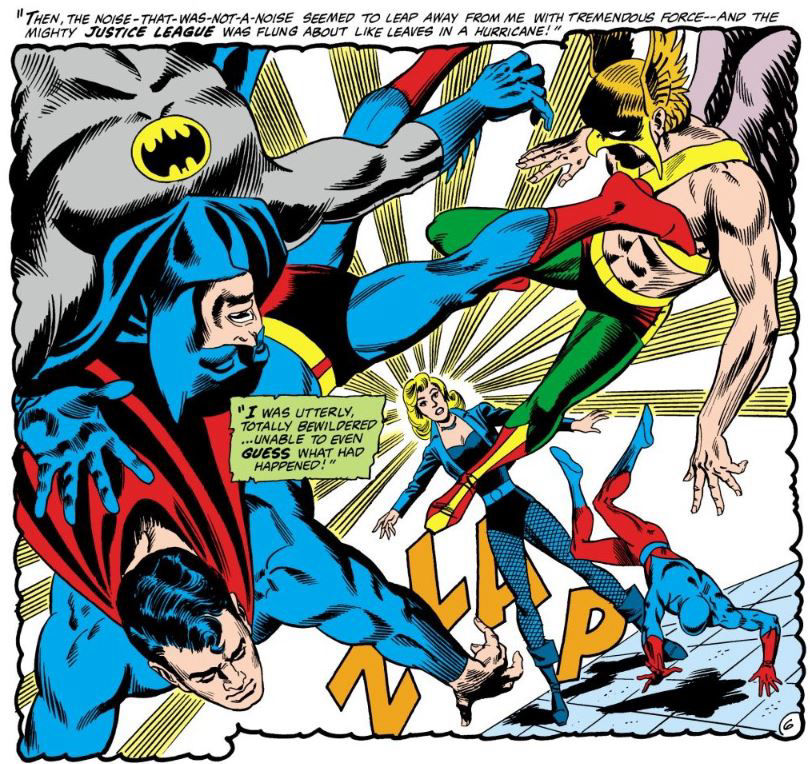
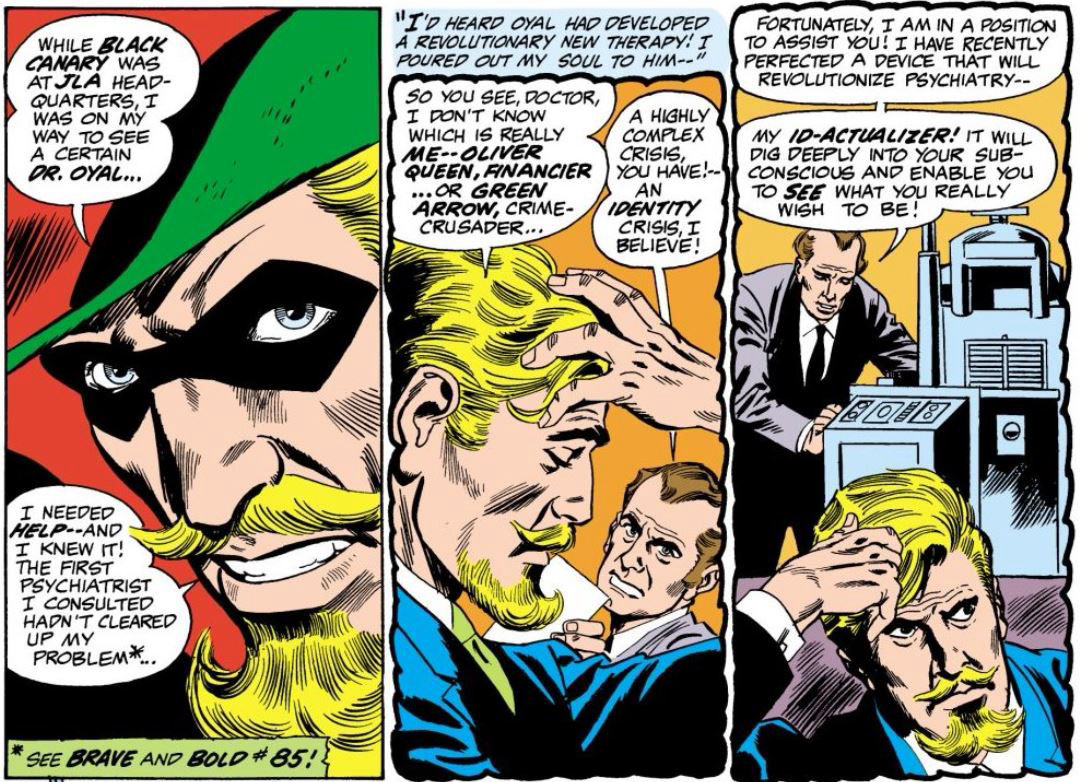
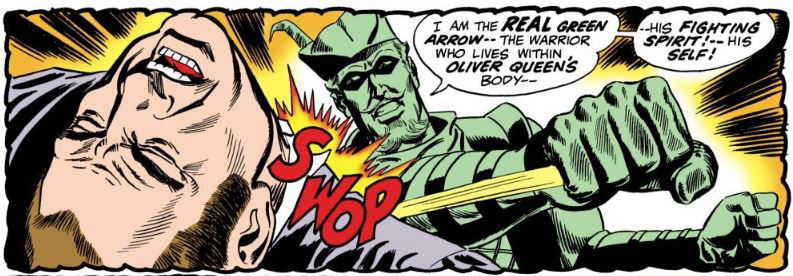

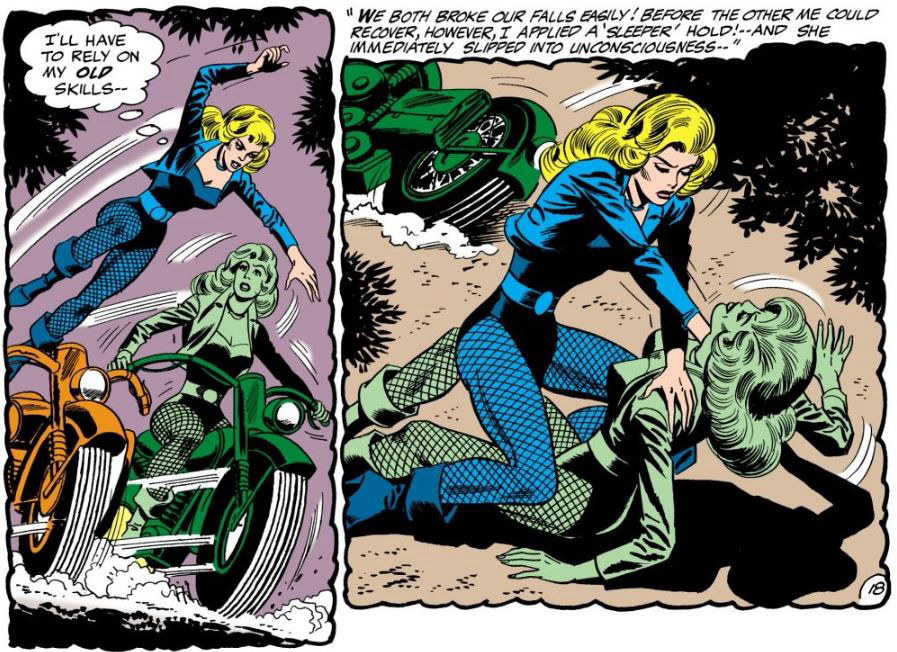
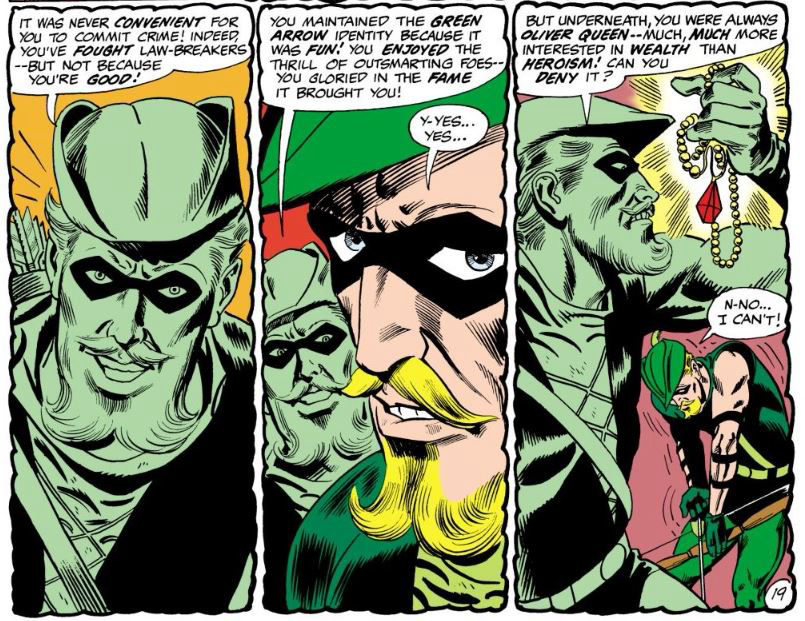
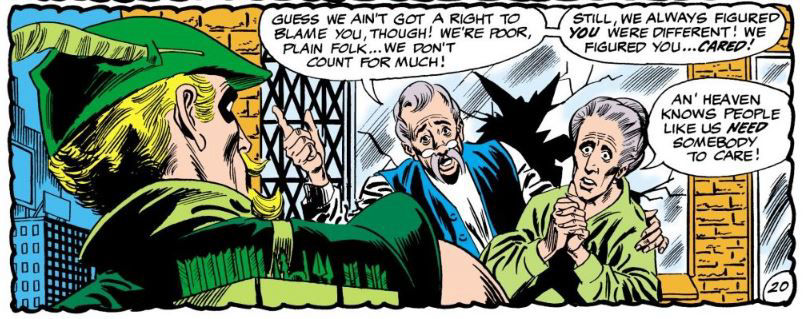
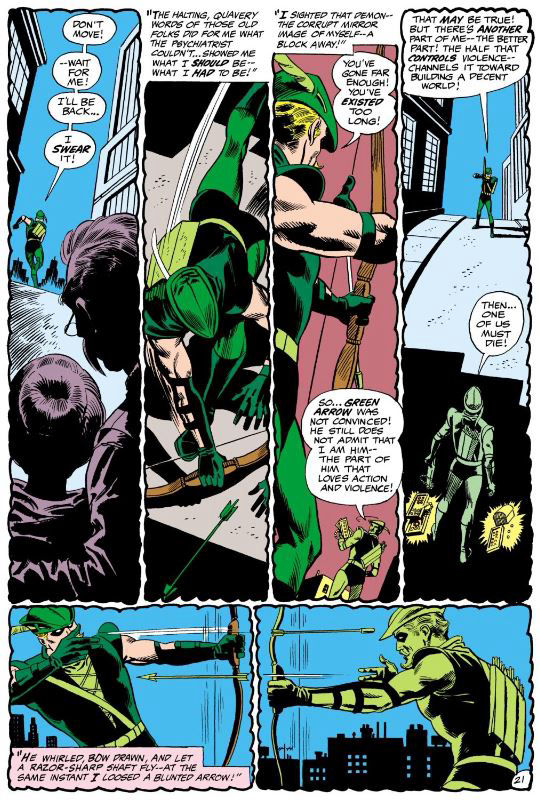
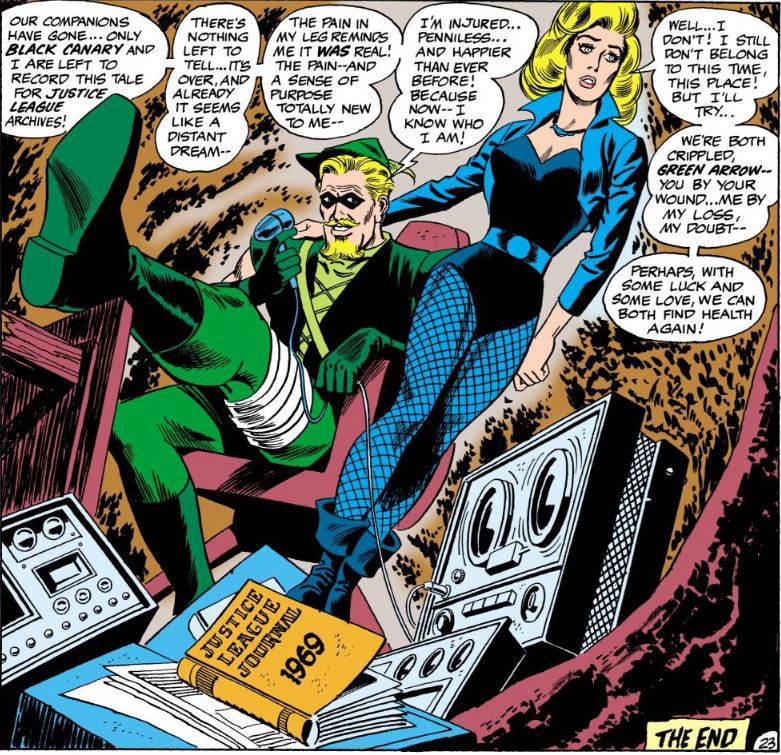
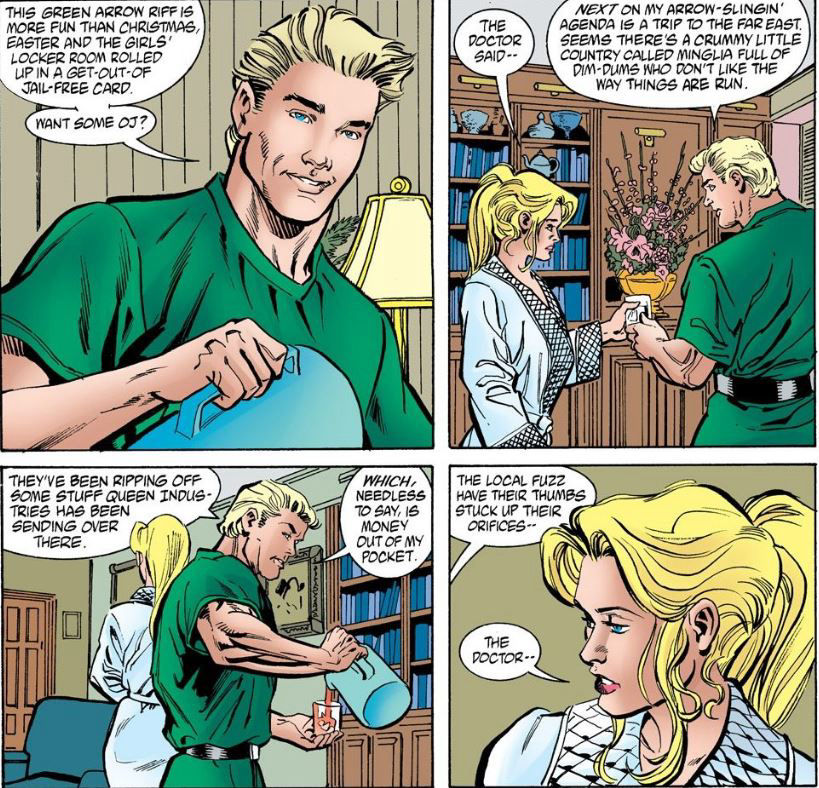
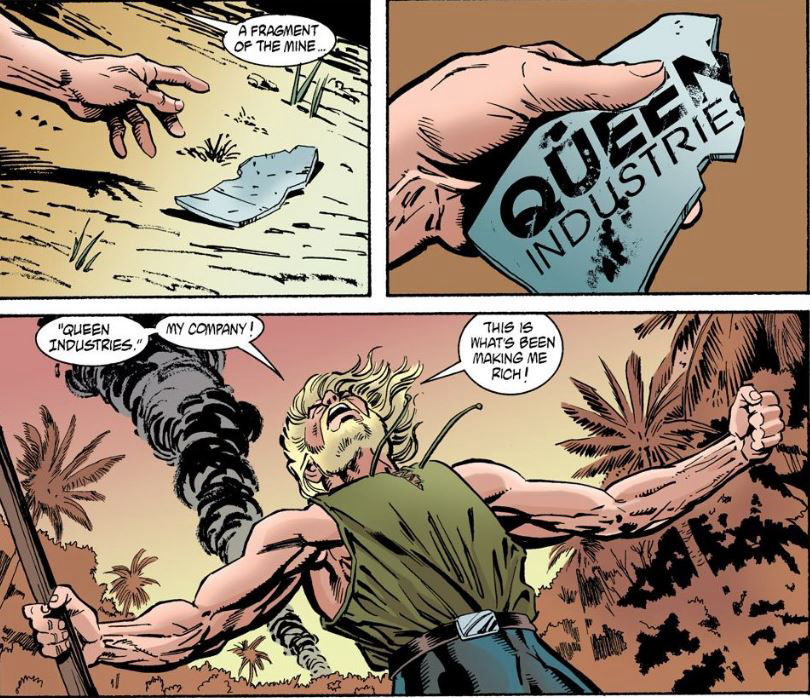
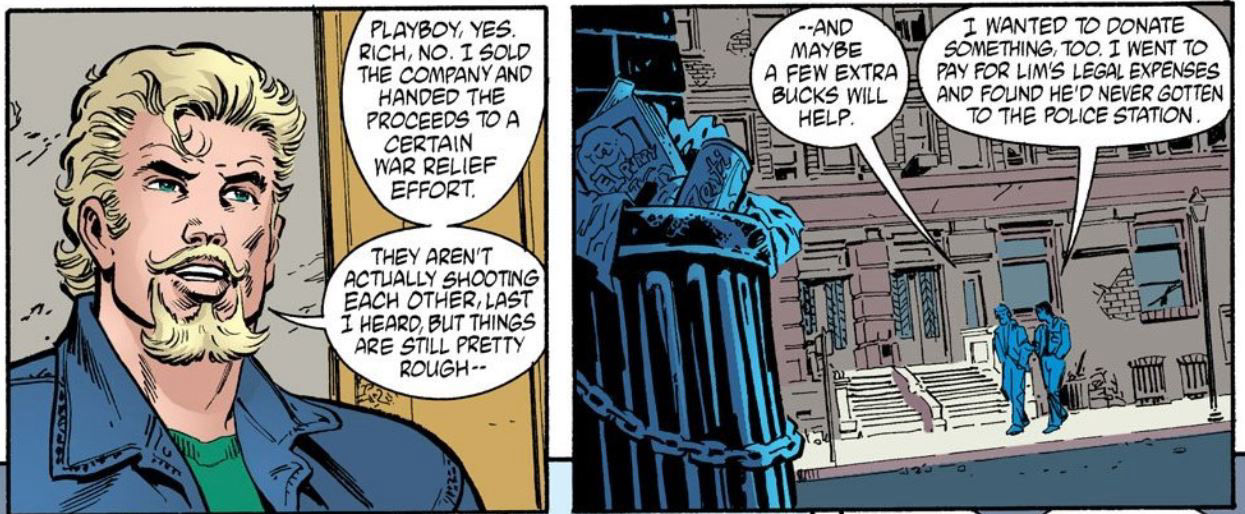
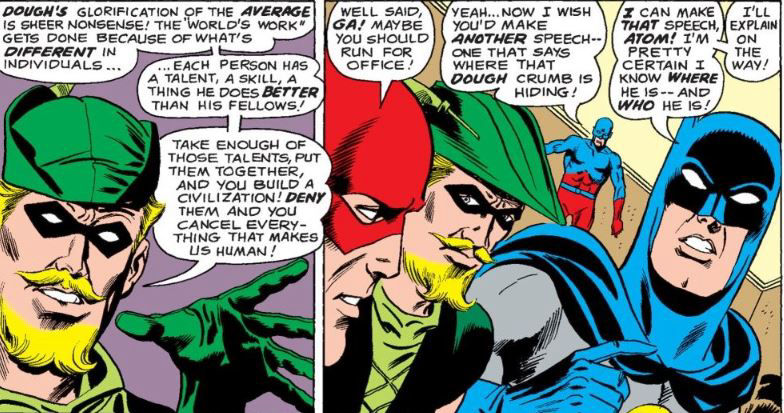
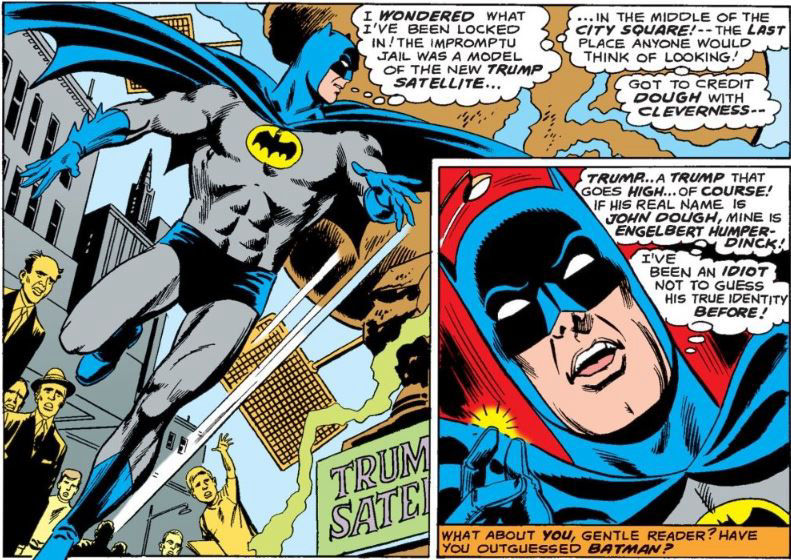
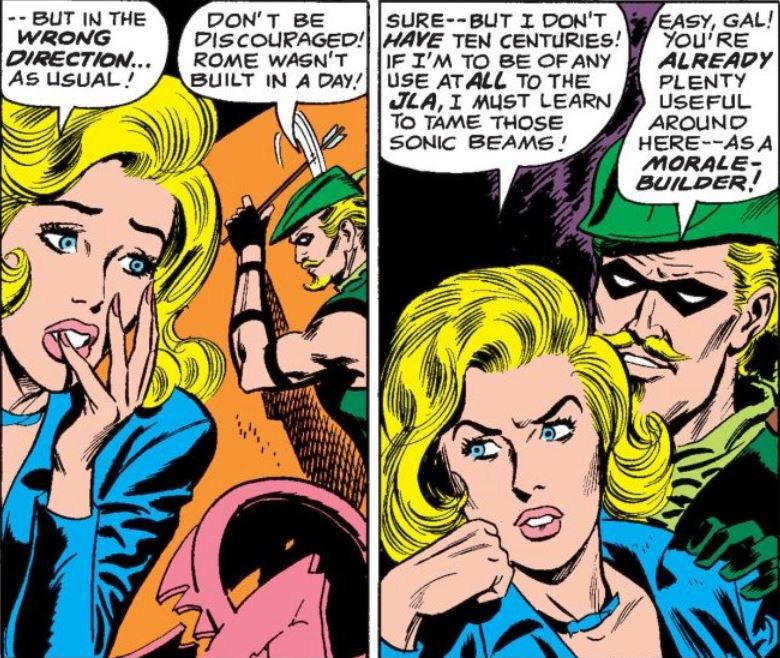
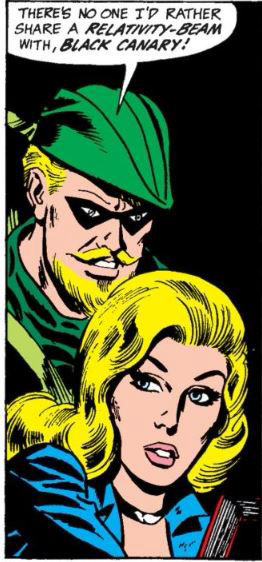
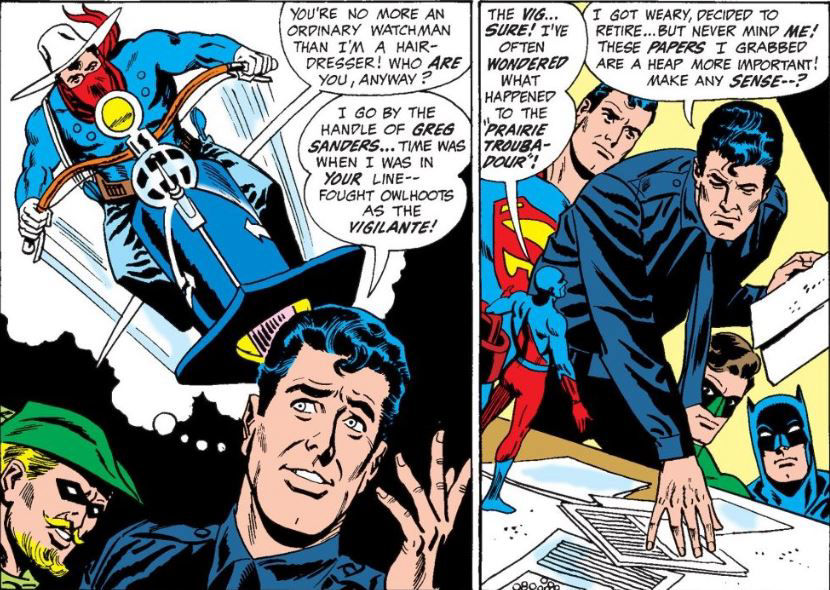
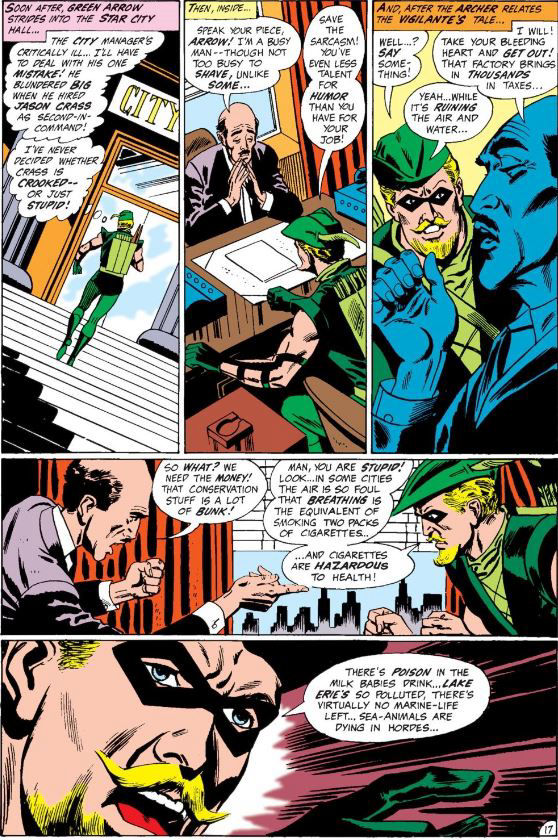
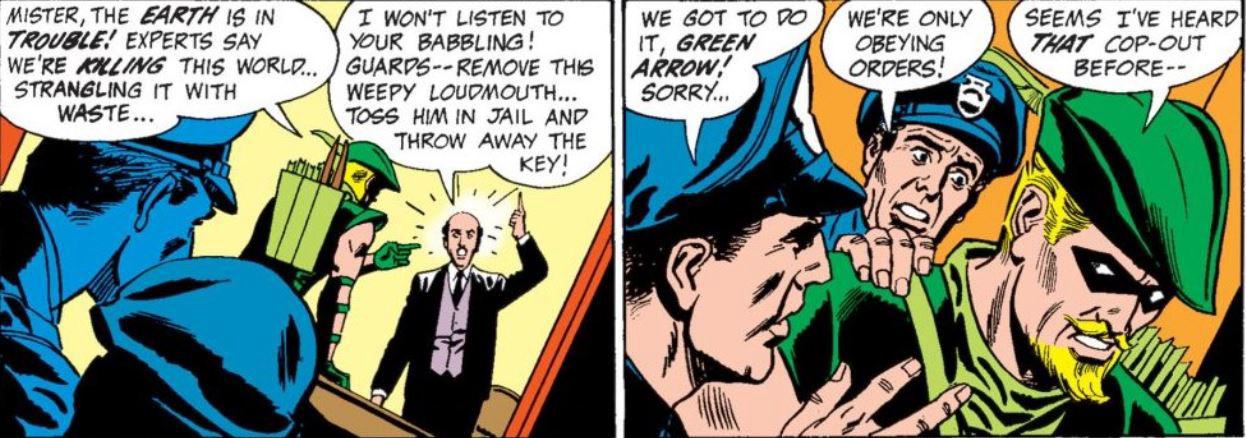
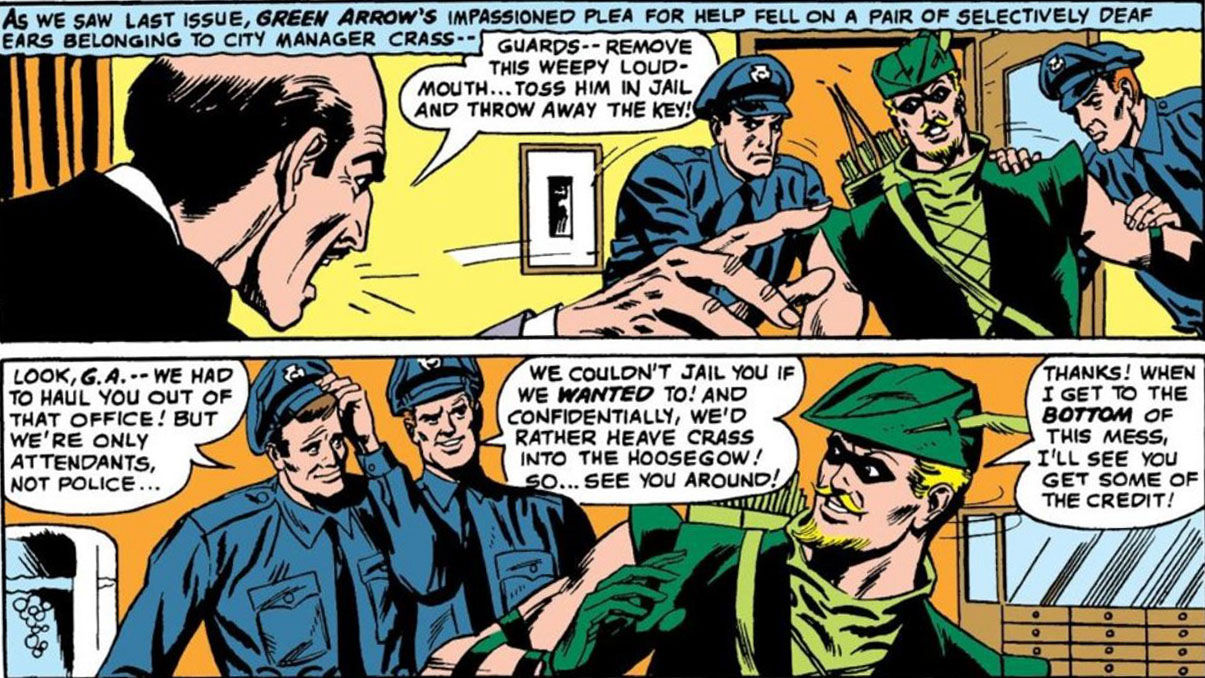
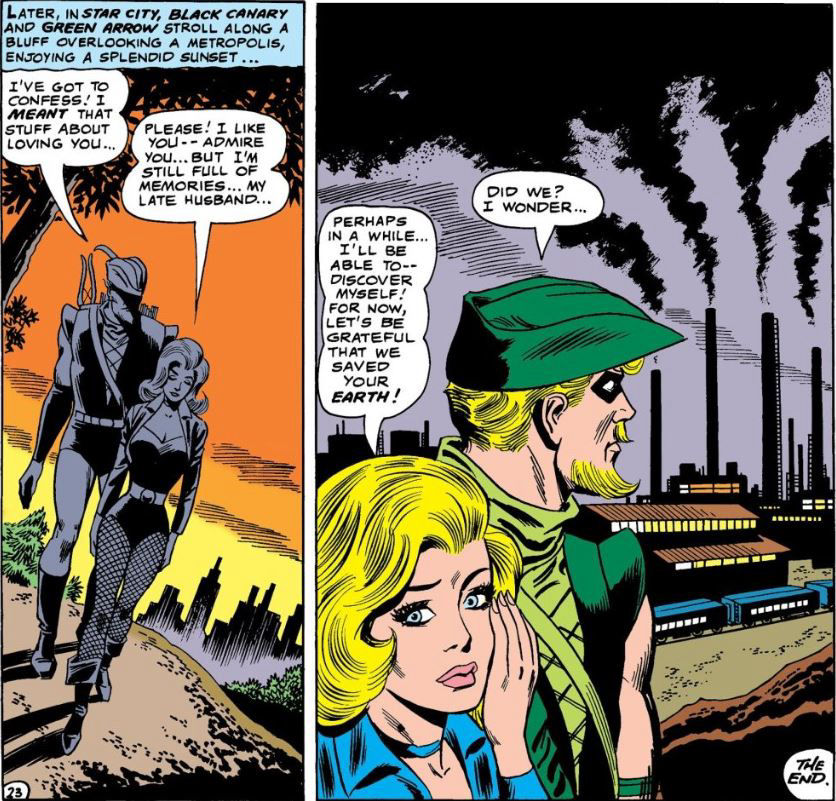
Contact Us